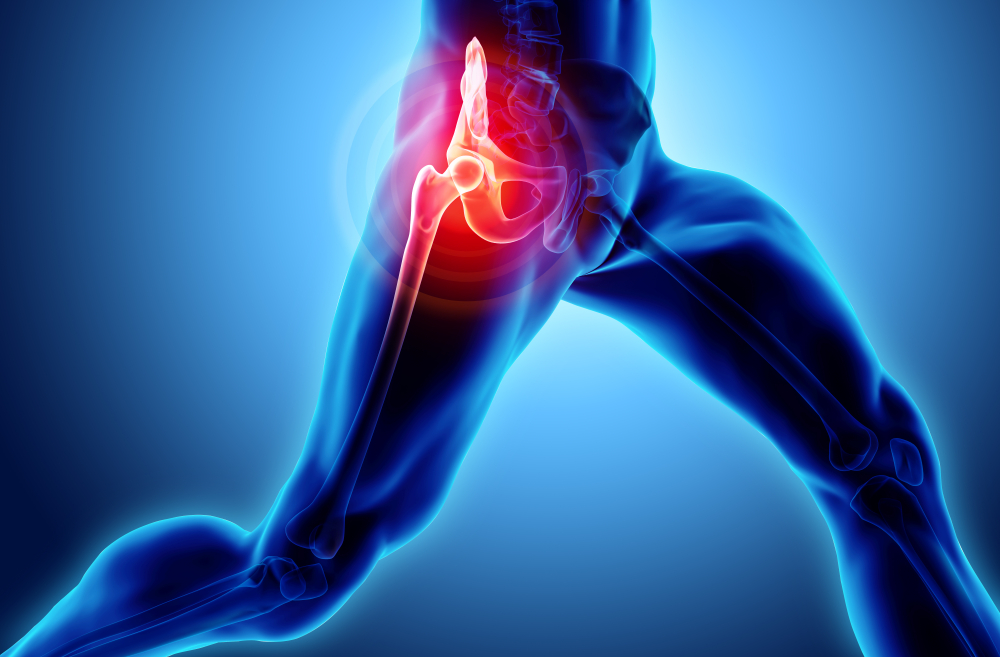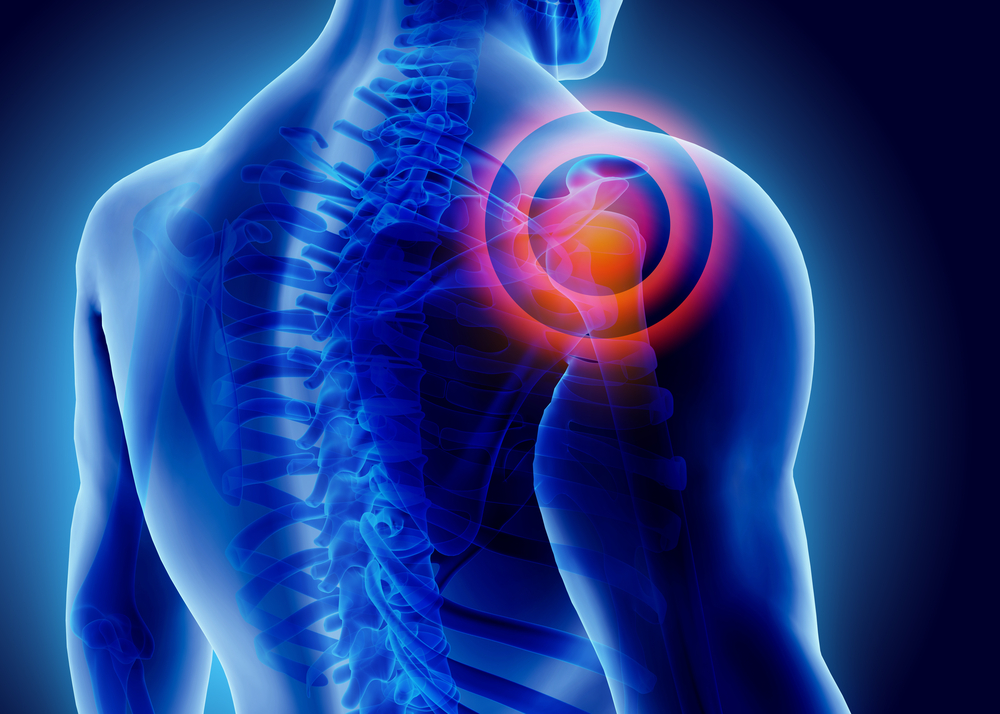For many years people have understood that vitamins and minerals are important for the human body. Mothers and grandmothers have told us to take our vitamins and this has been handed down through generations. It is interesting however, that there was little research to support this 50 and more years ago. Was it intuition that kept this alive or response to using nutrients? At any rate, it has always been a very good idea.
The previous newsletter described the significance of infection with heart disease, and here we shall discuss vitamins and their importance in protecting the heart and blood vessels.
Thousands of studies over the past 20 to 30 years have shown that vitamins and minerals are necessary in normal functions of the body, and when used appropriately can confer further protection against potentially devastating diseases. The mechanism of action of nutrients, in most cases is extremely complex, but some of it can be explained in simple fashion.
Many of the vitamins act as antioxidants, here they attach to and "inactivate" free radicals. These reactive substances can damage healthy tissue by stealing electrons from various atoms. The loss of electrons is called oxidation, hence, the term "Anti Oxidants".
Free radicals have been implicated in cancer development and progression, adding the bad LDL cholesterol to the blood vessel walls, and creating progressive degeneration of function in all cells and tissues. Vitamin C is one of the most important free radical scavengers. Research describes that Vitamin C can help prevent, AND also help repair blood vessel damage.
In the case of Homocysteine, a plaque and inflammation promoter, it can be " deactivated" by appropriate amounts of B6, B12, and Folate in the diet. The range of nutrient needed for each individual varies where recommendations for dose is dependent on observing blood Homocysteine levels decline.
Other nutrients involved in cardiovascular protection include Vit A, Vit E, Magnesium, Potassium, Selenium, Glutathione, Vit D, Bioflavonoids, Beta Carotene, and the list goes on and on. Please see the attached articles to understand the significance of vitamins and minerals.
Take home message — You can't get all of the vitamins that you need to really protect yourself from eating foods. We need to take nutrients to constantly protect our cells and tissues. Supplementation is essential to achieve optimal health. Everyone has different individual requirements for nutrients, depending on age, exercise levels, size and digestive ability. Blood testing for vitamins and minerals is an important way to evaluate nutrient density. Using supplements that have a great track record and have been used successfully can make a big difference.
Vitamin E and Atherosclerosis.
Vitamin E was advocated as an effective results for heart disease by Dr. Even Shute of London, Ontario more than 50 years ago. His pioneering claims, which were unacceptable to the medical community at large, have been confirmed by recent findings from epidemiologic studies and clinical trials. This review integrates our current knowledge of atherogenesis with the biological functions of vitamin E.
The response-to-injury hypothesis explains atherosclerosis as a chronic inflammatory response to injury of the endothelium, which leads to complex cellular and molecular interactions among cells derived from the endothelium, smooth muscle and several blood cell components. Inflammatory and other stimuli trigger an overproduction of free radicals, which promote peroxidation of lipids in LDL trapped in the subendothelial space.
Products of LDL oxidation are bioactive, and they induce endothelial expression and secretion of cytokines, growth factors and several cell surface adhesion molecules. The last-mentioned are capable of recruiting circulating monocytes and T lymphocytes into the intima where monocytes are differentiated into macrophages, the precursor of foam cells. In response to the growth factors and cytokines, smooth muscle cells proliferate in the intima, resulting in the narrowing of the lumen. Oxidized LDL can also inhibit endothelial production of prostacyclin and nitric oxide, two potent autacoids that are vasodilators and inhibitors of platelet aggregation.
Evidence is presented that vitamin E is protective against the development of atherosclerosis. Vitamin E enrichment has been shown to retard LDL oxidation, inhibit the proliferation of smooth muscle cells, inhibit platelet adhesion and aggregation, inhibit the expression and function of adhesion molecules, attenuate the synthesis of leukotrienes and potentiate the release of prostacyclin through up-regulating the expression of cytosolic phospholipase A2 and cyclooxygenase. Collectively, these biological functions of vitamin E may account for its protection against the development of atherosclerosis.
https://jn.nutrition.org/cgi/content/abstract/128/10/1593
Antioxidant Supplementation in Atherosclerosis Prevention (ASAP) study: a randomized trial of the effect of vitamins E and C on 3-year progression of carotid atherosclerosis.
Objectives. To study the efficacy of vitamin E and C supplementation on the progression of carotid atherosclerosis, hypothesizing an enhanced preventive effect in men and in smokers and synergism between vitamins.
Design and subjects. Double-masked two-by-two factorial trial, randomization in four strata (by gender and smoking status) to receive twice daily either 91 mg (136 IU) of d-α-tocopherol, 250 mg of slow-release vitamin C, a combination of these or placebo for three years. A randomized sample of 520 smoking and nonsmoking men and postmenopausal women aged 45–69 years with serum cholesterol ≥ 5.0 mmol L 1 were studied.
Setting. The population of the city of Kuopio in Eastern Finland.
Intervention. Twice daily either a special formulation of 91 mg of d-α-tocopherol, 250 mg of slow-release vitamin C, a combination of these (CellaVie®) or placebo for three years.
Measurements. Atherosclerotic progression, defined as the linear regression slope of ultrasonographically assessed common carotid artery mean intima–media thickness (IMT), was calculated over semi-annual assessments.
Results. The average increase of the mean IMT was 0.020 mm year 1 amongst men randomized to placebo and 0.018 mm year 1 in vitamin E, 0.017 mm year 1 in vitamin C and 0.011 mm year 1 in the vitamin combination group (P = 0.008 for E + C vs. placebo). The respective means in women were 0.016, 0.015, 0.017 and 0.016 mm year 1. The proportion of men with progression was reduced by 74% (95% CI 36–89%, P = 0.003) by supplementation with the formulation containing both vitamins, as compared with placebo.
Conclusions. Our study shows that a combined supplementation with reasonable doses of both vitamin E and slow-release vitamin C can retard the progression of common carotid atherosclerosis in men. This may imply benefits with regard to other atherosclerosis-based events.
https://www.blackwell-synergy.com/links/doi/10.1046/j.1365-2796.2000.00752.x/full/
Hyperglycemia-induced ascorbic acid deficiency promotes endothelial dysfunction and the development of atherosclerosis.
Dehydroascorbic acid, the oxidized form of vitamin C, is transported into mammalian cells via facilitative glucose transporters and hyperglycemia inhibits this process by competitive inhibition. This inhibited transport may promote oxidative stress and contribute to the increase in atherosclerotic cardiovascular disease observed in patients with diabetes mellitus.
This review explores the importance of this proposed mechanism in light of current research. For example, recent reports suggest that administration of antioxidants, such as vitamin C, may slow atherogenesis by improving endothelium-dependent vasodilation in individuals with abnormal glucose and lipid metabolism, perhaps by preventing the oxidation of nitric oxide, an important regulator of vasomotor tone. Endothelial dysfunction plays a key role in the development of atherosclerosis and endothelial cells may be particularly affected by hyperglycemia-induced ascorbic acid deficiency as they line the interior of blood vessels.
In addition, we discuss evidence of several other mechanisms by which vitamin C status may affect the development of atherosclerotic cardiovascular disease, particularly its inverse relationship to multiple cardiovascular disease risk factors and indicators. Given these factors, vitamin C administration is recommended during periods of both acute and chronic hyperglycemia to help preserve endothelial function.
Antioxidant vitamin status and carotid atherosclerosis in the elderly.
Background: The oxidative modification of LDL is thought to play a crucial role in the initiation of atherosclerosis. Antioxidant vitamins can protect LDL from oxidation, and high intakes or blood concentrations of these vitamins have been linked with a reduced risk of cardiovascular disease. Few data are available on the importance of antioxidant vitamins in earlier stages of atherogenesis.
Objective: We investigated the cross-sectional relation between antioxidant vitamin status and carotid atherosclerosis in a group of elderly persons.
Design: The study sample comprised 468 men and women aged 66–75 y living in Sheffield, United Kingdom. Duplex ultrasonography was used to measure intima-media thickness and the degree of stenosis in the extracranial carotid arteries. Antioxidant vitamin status was assessed by measuring fasting plasma concentrations of vitamin C, vitamin E, and ß-carotene.
Results: In the men, after adjustment for age and cardiovascular disease risk factors, a 20% higher plasma vitamin C concentration was associated with a 0.004-mm smaller intima-media thickness; a 20% higher ß-carotene concentration was associated with a 0.005-mm smaller intima-media thickness. Compared with men with high blood concentrations of ß-carotene or cholesterol-adjusted vitamin E, those with low blood concentrations of these vitamins were 2.5 times as likely to have carotid stenosis of >30%. We found no significant trends between plasma concentrations of antioxidant vitamins and either measure of carotid atherosclerosis in the women.
Conclusion: A high antioxidant vitamin status may help to prevent the initiation and progression of early atherosclerotic lesions in men.


